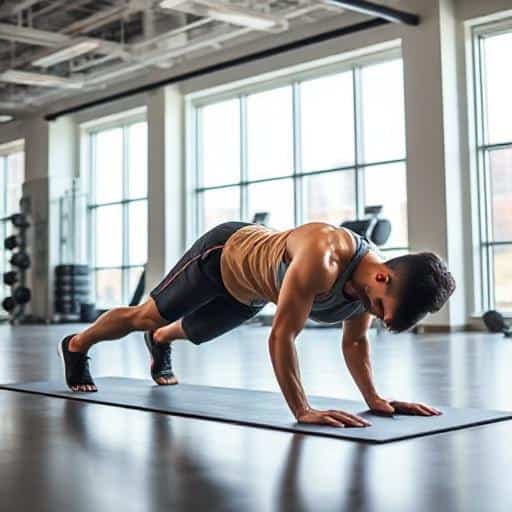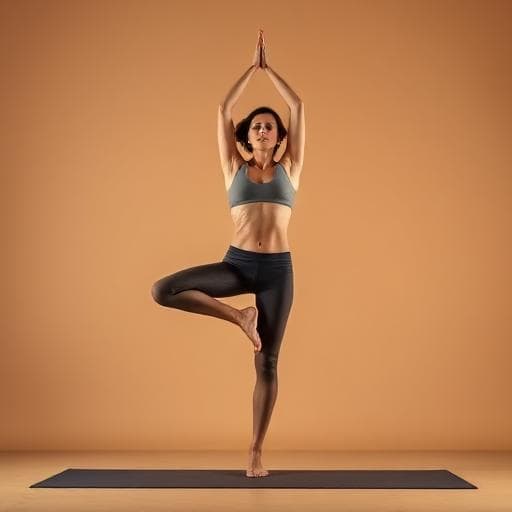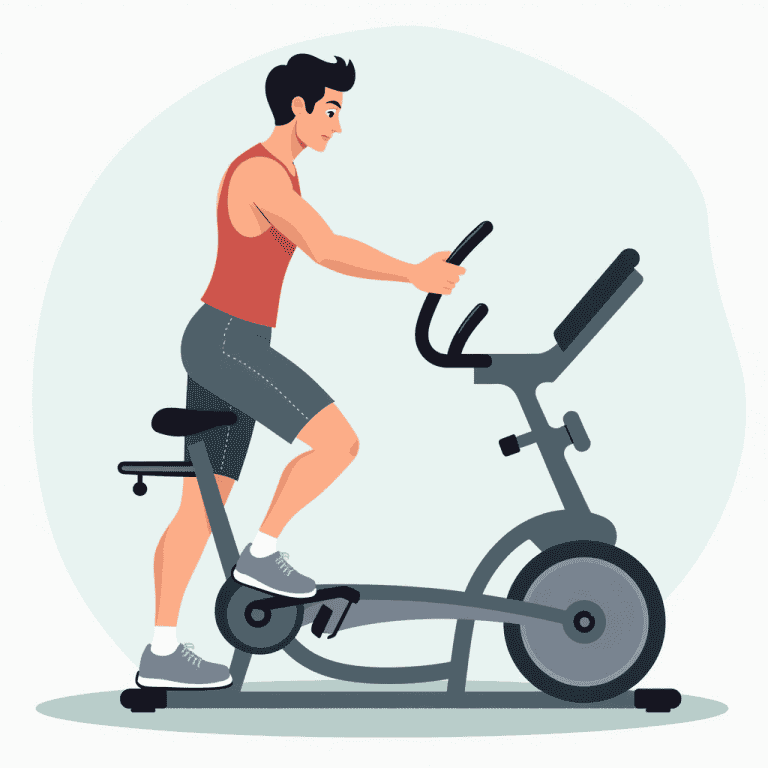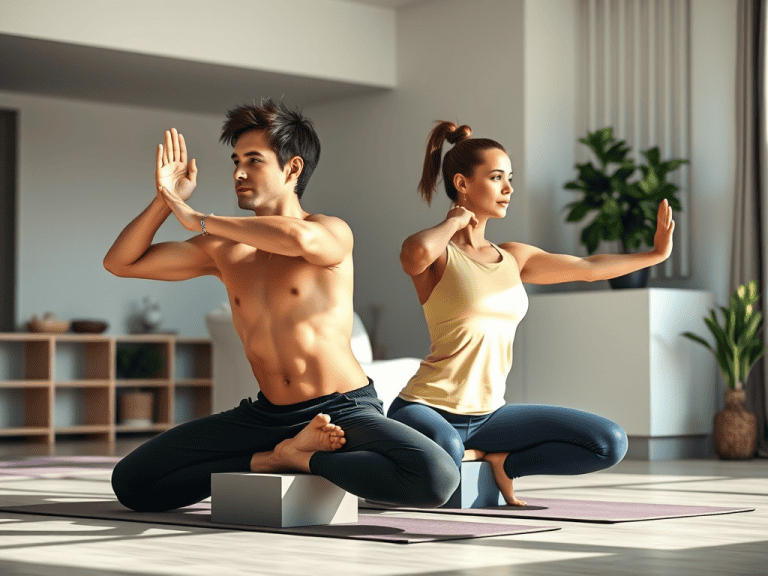Posture and Alignment in Tall Bodies: Fitness Strategies That Work

Posture and alignment are essential components of overall health and fitness, particularly for tall individuals. Taller bodies often face unique challenges related to maintaining proper posture, and misalignment can lead to pain, discomfort, and a decrease in mobility. Whether you’re standing, sitting, or moving, maintaining good posture plays a crucial role in reducing strain on the muscles and joints, improving breathing, and enhancing confidence.
In this article, we’ll explore why tall people are more susceptible to posture and alignment issues and provide fitness strategies to help maintain a strong, balanced posture.
1. Why Tall People Struggle with Posture
Tall individuals often face challenges due to their height, which can contribute to posture-related issues. Longer limbs and a taller frame can create an imbalance in how the body distributes weight, leading to slouching or compensating movements.
Upper Body Strain: The longer torso and arms may cause the body to compensate by rounding the shoulders forward.
Lower Back Stress: A taller frame can cause the pelvis to tilt, leading to an over-arched lower back, resulting in discomfort.
Neck and Shoulder Tension: Tall individuals might experience tension in the neck and shoulders due to poor head alignment and muscle imbalances.
Proper alignment and posture training are essential to address these challenges.
2. The Importance of Core Strength for Posture
A strong core is the foundation of good posture. Tall people often have difficulty maintaining posture because the muscles responsible for stabilizing the spine and pelvis are not strong enough to support the body in an upright position.
How Core Strength Helps:
It stabilizes the spine, reducing the chances of slouching or misaligning the back.
A strong core helps to maintain the natural curve of the spine, preventing over-arching or rounding.
It allows for better balance, which improves overall posture during movement.
Exercises to Strengthen the Core:
Planks: Hold for 30-60 seconds to engage and strengthen the entire core.
Russian Twists: This exercise targets the obliques and helps with rotational stability.
Dead Bugs: A great way to engage the lower back and abdominal muscles without straining the spine.
3. Upper Back and Shoulder Strengthening
Taller people often struggle with rounded shoulders and upper back discomfort. This can be caused by sitting or standing with poor posture, which encourages forward slouching of the shoulders.
How Strengthening the Upper Back Helps:
Helps prevent rounded shoulders by strengthening the muscles responsible for pulling the shoulders back.
Improves scapular (shoulder blade) stability, which is crucial for maintaining alignment.
Relieves tension in the neck and upper back.
Exercises to Strengthen the Upper Back:
Rows: Use resistance bands or weights to strengthen the rhomboids and traps, which help pull the shoulders back.
Reverse Flys: This exercise targets the rear deltoids and upper back muscles, encouraging better posture.
Face Pulls: A great exercise to improve scapular mobility and shoulder alignment.
4. Hip Flexor and Lower Back Stretching
Tight hip flexors and lower back muscles are common issues for tall individuals, especially those who spend a lot of time sitting. Tight hip flexors can pull the pelvis forward, causing the lower back to arch excessively and leading to discomfort and poor posture.
How Stretching Helps:
Stretching the hip flexors can relieve tightness and help restore the natural curve of the spine.
Regular stretching can reduce the likelihood of lower back pain and improve overall spinal alignment.
Effective Stretches for Tall Bodies:
Hip Flexor Stretch: Kneel with one knee on the ground and the other foot forward. Push your hips forward to stretch the hip flexor of the back leg.
Child’s Pose: This yoga stretch targets the lower back and hips, promoting flexibility and alignment.
Seated Forward Fold: This stretch lengthens the hamstrings and relieves tension in the lower back.
5. Posture-Friendly Exercises for Tall Bodies
To maintain proper posture and alignment, tall individuals need exercises that focus on strengthening the right muscles and improving flexibility. A well-rounded workout routine should include a combination of strength training, flexibility exercises, and mobility drills.
Key Exercises for Tall People:
Squats: This exercise helps strengthen the legs, glutes, and core, which are essential for supporting the spine.
Lunges: Lunges engage the hips and legs while promoting balance and alignment.
Bridges: This glute and lower back exercise helps stabilize the pelvis and improve posture.
6. Standing and Sitting Posture Tips for Tall People
Good posture is not just about what happens during exercise; it also applies to daily activities. The way you stand and sit can greatly influence the alignment of your spine and your overall comfort.
Tips for Standing:
Keep your feet hip-width apart and distribute your weight evenly between both legs.
Engage your core to keep your spine aligned.
Avoid locking your knees and stand with a slight bend in them to avoid strain.
Keep your shoulders relaxed and pulled back.
Tips for Sitting:
Use a chair with good lumbar support to maintain the natural curve of your spine.
Sit with your feet flat on the floor and avoid crossing your legs, as this can lead to misalignment.
Keep your back straight, shoulders relaxed, and neck aligned with your spine.
7. The Role of Flexibility and Mobility in Posture
Flexibility and mobility are essential for tall individuals to maintain good posture. Tight muscles can restrict movement and lead to poor alignment, especially in the hips, shoulders, and spine. Incorporating flexibility and mobility exercises into your routine can help improve posture and prevent discomfort.
Effective Flexibility and Mobility Exercises:
Thoracic Spine Rotation: A mobility exercise that improves upper back mobility and prevents stiffness.
Cat-Cow Stretch: This yoga pose improves spinal flexibility and promotes alignment.
Shoulder Rolls: Rolling your shoulders backward helps release tension and encourages proper shoulder positioning.
8. Importance of Regular Movement
Sitting for long periods can negatively affect posture and alignment, especially for tall individuals. Regular movement throughout the day is essential to keep the muscles engaged and prevent stiffness.
How Regular Movement Helps:
Reduces the risk of muscle tightness and poor posture due to prolonged sitting.
Improves blood flow, which can alleviate tension in the muscles and joints.
Keeps the spine and joints mobile, preventing stiffness and misalignment.
Tips for Staying Active:
Take breaks every 30 minutes to stand up, stretch, and walk around.
Incorporate standing desks into your workspace to reduce sitting time.
Practice mobility exercises during breaks to maintain joint health and flexibility.
Key Takeaways
Core strength is crucial for maintaining good posture and spinal alignment, especially for tall individuals.
Upper back and shoulder exercises can prevent rounded shoulders and improve overall posture.
Hip flexor and lower back stretching are essential for alleviating tightness and promoting spinal flexibility.
Posture-friendly exercises such as squats, lunges, and bridges help strengthen key muscle groups responsible for good posture.
Daily posture tips, including proper standing and sitting positions, are important for long-term alignment.
Flexibility and mobility exercises should be included in your routine to maintain a healthy range of motion and prevent misalignment.
Regular movement throughout the day is essential to prevent stiffness and improve overall posture.
FAQ: Posture and Alignment for Tall People
Q1: How can I improve my posture if I’m tall?
Focus on strengthening your core, upper back, and shoulders. Incorporate stretching and mobility exercises to improve flexibility and reduce tension.
Q2: What exercises can help prevent back pain from poor posture?
Exercises like planks, reverse flys, and bridges can help strengthen the muscles that support the spine and improve posture.
Q3: How often should I stretch to maintain good posture?
Aim to stretch at least 3-4 times a week, focusing on areas such as the hips, shoulders, and lower back.
Q4: What’s the best way to sit to avoid poor posture?
Ensure your chair provides lumbar support, sit with your feet flat on the floor, and keep your back straight and shoulders relaxed.






